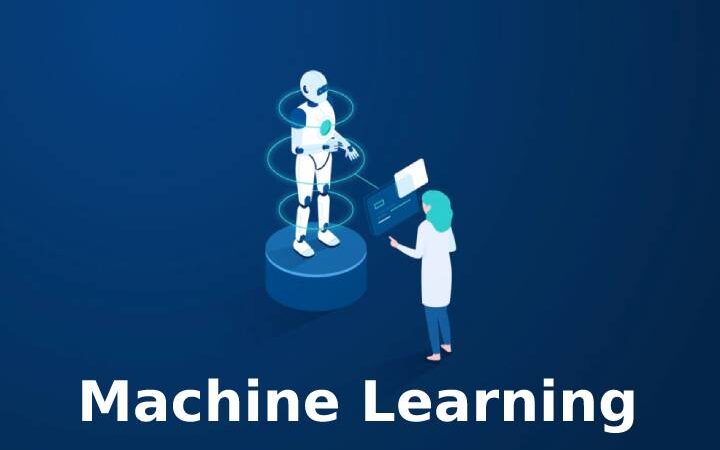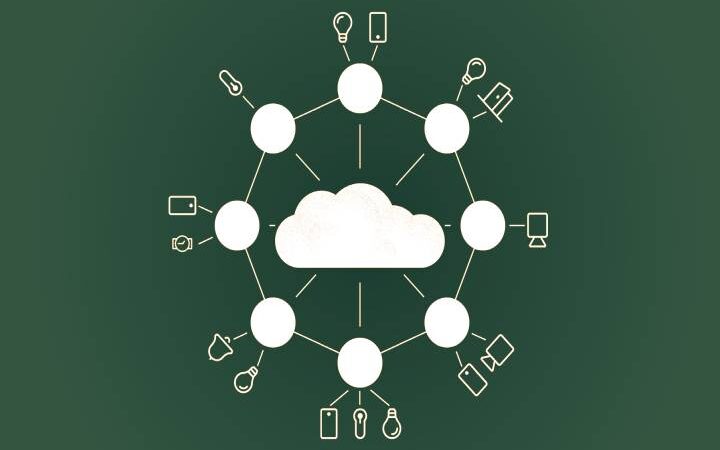Big Data: What It Is And How It Works

Currently the concept of big data is linked to the production process of a company, business, service, client. This term, which has evolved over the years, refers to the storage and management of a large amount of data. In the case of businesses, they handle this large volume of data to obtain information for their benefit. What does this mean? Well, thanks to the big data service, companies use this information to improve the decisions and strategic movements of their businesses . Capturing, managing and analyzing that data is not an easy task due to the mix of data sets and the speed of growth. That data set ranges from 30-50 Terabytes to several Petabytes,figures that may vary over time.
Big data structure
The data that makes up big data is vast and complex, and can come from many different sources.
Mobile and internet data .
Sectoral data collected by specialized companies.
Experimental data
The data in turn can be raw or preprocessed by software tools. And they exist in a variety of file types.
Unstructured data types , such as videos, documents, or audios.
Structured data types
Semi-structured data types, such as reports, spreadsheets, or software.
Big Data and its three Vs
The big data that makes up Big Data is characterized by three Vs: volume, variety, and velocity.
Volume
With big data, large volumes of unstructured data must be processed. For example, on a web page or mobile application, the clicks or feedback that are recorded on social networks such as Twitter, Facebook or Instagram. For some companies, this analysis can add up to hundreds of terabytes, petabytes, or even exabytes of data captured.
Speed
It refers to the rate at which data is received. Higher speed data is usually transmitted to memory, rather than to disk. On the internet we find some smart products that work in real time.
Variety
They are the different types of data available. Before, data was structured and could be organized in databases, but today, with the advancement of technology and the rise of big data, this data has become unstructured or semi-structured. An example of this is audio, video or text that needs special pre-processing in order to enable metadata.
The importance of big data
Big data comes to provide solutions to store, search, analyze and display very large data sets. Data that is transformed into important information about the needs and preferences of customers. It helps companies take advantage of this information to identify new business opportunities, more quickly and efficiently. These would be some of the advantages of big data.
Better decisions. Companies can analyze information faster and more efficiently, thanks to the speed of big data.
Cost reduction. Nowadays, great technologies and advances such as cloud-based analysis bring great advantages and benefits when it comes to costs.
New products and services. The ability of companies to analyze the needs and preferences of customers translates into a new showcase of new products and services to satisfy what the user wants at that moment.
What is Big Data for?
In the business world, Big Data provides information to companies. They allow them to set their objectives more strategically, focusing their actions on using and taking advantage of the new opportunities that may appear among these data and even abandoning those objectives or strategies that are more problematic for them. One of the fields where this system is most useful is marketing. The analysis of a greater variety of data allows us to better understand the tastes or desires of customers and thus be able to offer new products that meet their needs.
The tourism industry, health or financial markets use it in their work systems. Collecting customer ratings, recording the number of patients in a hospital with their clinical reports, or effectively evaluating the possible risks that an investment may have, are some of the examples of their role.
How is the data organized?
There are three categories. The first collects data that includes information about clients or dates and is grouped in tables, although there are other types of data such as images, videos or audios that are classified as ungrouped data because they cannot be classified with this method. The second collects more detailed data that is related to commercial activities such as ratings, surveys, sales records, etc. The latter are related to social interactions, such as the data provided by social networks.
Disadvantages of Big Data.
Analyzing large amounts of data also means that quality standards decrease. It is difficult to select data under quality criteria and offer them as quickly as possible, since time is needed to be able to structure the data obtained and discard those that are not valid.
This data is constantly changing. They are analyzed very quickly but the validity of many of them can be very short. The solution to this problem is found in the processing capacity, the higher it is, the longer the useful life will be. The volatility of the data can trigger errors that transcend when making decisions.
Data protection is another aspect to analyze. According to the regulations, personal data cannot be used for a purpose other than the initial one. This refers to the principle of finality, which limits Big Data projects.






